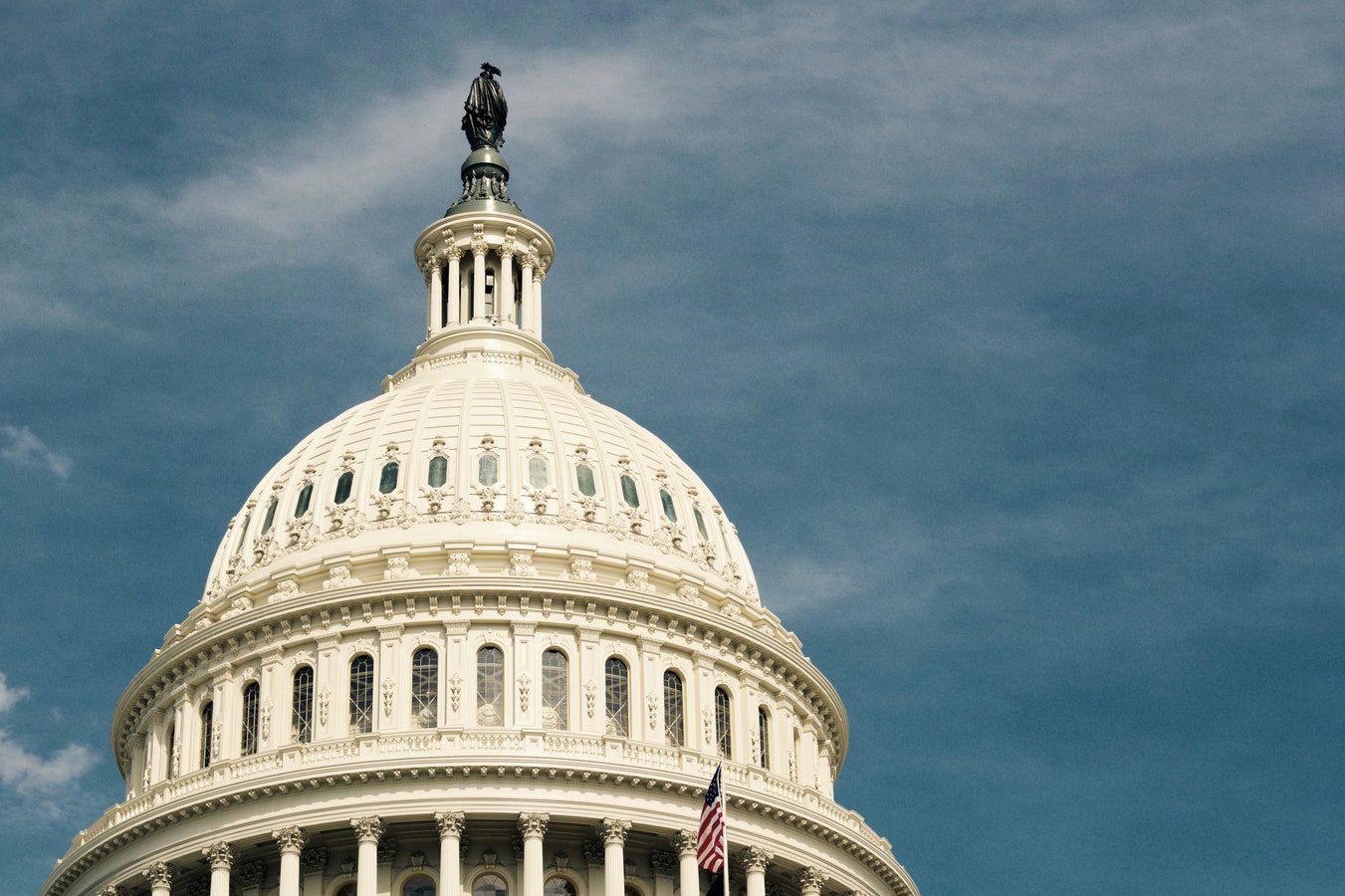Mark J. Warshawsky and Ross A. Marchand
Mark J. Warshawsky is Senior Research Fellow at the Mercatus Center of George Mason University. Ross A. Marchand is a researcher at the Mercatus Center and an alumnus of the MA Mercatus Fellowship Program.
Many U.S. state and local employee pensions are facing dire problems as massive plan liabilities come due, threatening to drain government coffers. As Robert Novy-Marx and Joshua Rauh wrote in the Journal of Finance, 21 state pensions held less than 40 percent of the assets needed to pay benefits. Their estimate of the aggregate “funding gap” faced by states was roughly $2.5 trillion in 2009. Since then, the story has not improved, and it has likely worsened. Puerto Rico recently joined Detroit as a case study of fiscal and public pension mismanagement and failure, and the Puerto Rican pension is essentially without any assets.
Prohibitive Costs of Full Funding
In short, many state and local plans today are simply unsustainable. To fix the problem, taxpayer contributions to these funds would need to drastically increase, on top of already-high tax rates. Another study by Novy-Marx and Rauh in the American Economic Journal reported that state and local governments contribute an average of 5.7 percent of their annual revenue to employee pensions. Fully funding the plans would require raising annual contributions to 14.1 percent, meaning an extra $1,385 per year from each taxpayer – and the annual shortfall exceeded $2,000 per taxpayer in five states.
These calculations exclude state obligations for retiree health benefits to former employees. Paying for all these employee obligations and already-existing public debt is going to get more difficult as citizens and businesses begin to move to other locations where the tax overhang is less onerous.
A Buyout Proposal
We recently proposed a realistic and fair approach to public plan reform, in which distressed states and localities could be allowed (but not required) to offer pension participants a buyout of their benefits. In particular, the buyout amount would be calculated by taking the present value of each person’s accrued retirement benefits discounted according a conservative interest rate, and multiplying it by the funded percentage of the plan plus five percentage points. Using the plan’s funded status will prevent the plan from becoming insolvent if many retirees select the buyout, while the extra five percent serves as a sweetener to take the offer.
Additionally, federal law should require that state and local governments file an annual report with the U.S. Treasury that includes information on plan participant demographics and the current and expected future funding status of their pension plans, using uniform and conservative economic and financial assumptions. This is now required for private sector pensions and Social Security. Moreover, all pension plans should be required to report this information to participants in plain language.

Will Buyouts Work?
Some claim that a buyout plan like ours will not work. For instance, they worry that take-up rates could be disproportionately high for low-income workers or those with pressing medical needs. But it is unlikely that there will be disproportionate exodus of the low-income, low-health from pension plans, since several studies show that healthy, high-earning individuals also discount future earnings. In tandem, physical and financial health usually lead to greater enjoyment from immediate income. Therefore, we might expect both high-and-low earners to take lump-sum offers, leaving behind individuals on neither extreme.
Lump-sum critics also warn us that if the proposal were adopted, pensioners wouldn’t take it and instead simply wait around for a federal bailout. But we are convinced that a federal bailout is not forthcoming, since Congress and the Administration pointedly did not bail out Detroit, Puerto Rico, or multiemployer pension plans. They understand the massive burden that this would impose on taxpayers now and in the future.
An old proverb states that when on a sinking ship, “he who hesitates is lost.” Policymakers must act quickly to unshackle pensioners from fiscally unsustainable plans when state law and constitutions prohibit the kinds of pension changes that private employers have been able to bring about. Lump-sum schemes aren’t perfect, but they offer a realistic path to reform while giving public employees more certainty and sparing states and municipalities from fiscal ruin.
This piece was originally posted on August 17, 2016, on the Pension Research Council’s curated Forbes blog. To view the original posting, click here.
Views of our Guest Bloggers are theirs alone, and not of the Pension Research Council, the Wharton School, or the University of Pennsylvania.


